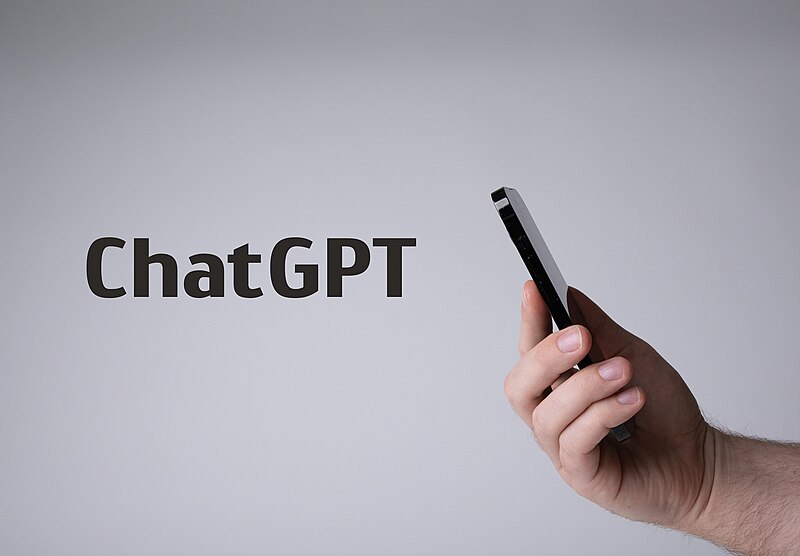The world of artificial intelligence (AI) is getting more competitive by the day, and OpenAI, the company behind the popular ChatGPT chatbot, is throwing down the gauntlet. They recently unveiled their newest creation: a powerful AI model called GPT-4o.
Table of Contents
What’s Special About GPT-4o?
This isn’t your average chatbot. GPT-4o boasts several impressive features that set it apart:
- Master of Many Trades: GPT-4o can handle tasks beyond just text generation. It can understand and respond to voice commands, seamlessly switch between text and image formats, and even solve math equations!
- Real-Time Conversation: Forget clunky pauses and robotic responses. GPT-4o aims to deliver smooth, real-time conversation, mimicking natural human interaction with minimal delay or awkward interruptions.
- Accessible to All: OpenAI is committed to making this technology accessible. Unlike some previous models, GPT-4o is designed to be more efficient, potentially lowering the cost of using it and making it more widely available.
Why is This Important?
The development of GPT-4o signifies a significant advancement in AI capabilities. Here’s why it matters:
- More Natural Interactions: AI assistants and chatbots could become more lifelike and helpful in our daily lives.
- Revolutionizing Education: Imagine personalized learning experiences powered by AI tutors that can tailor their approach to each student’s needs.
- Boosting Creativity: GPT-4o’s ability to generate text and images could inspire new forms of creative expression in fields like writing, design, and even music.
The Competition Heats Up
OpenAI isn’t the only player in the AI game. This announcement is likely a response to similar advancements from other tech giants like Google and Microsoft. The race to develop the most powerful and versatile AI models is on!
What’s Next?
GPT-4o is still under development, but its release marks a significant milestone. We can expect to see this technology integrated into various applications in the near future. However, ethical considerations around AI bias and responsible development remain crucial.
The future of AI is bright, with GPT-4o paving the way for more natural interactions, enhanced learning experiences, and even a boost in creativity. But it’s important to keep a watchful eye on how this technology is developed and used.
20 Public Questions & Answers About GPT-4o
People are likely curious about the following aspects of GPT-4o, OpenAI’s new AI model:
Capabilities and Features:
- What can GPT-4o do?
(Generate text, translate languages, write different kinds of creative content, answer questions, understand and respond to voice commands) - Is GPT-4o better than previous models?
(Yes, aims for smoother conversation, multi-modal capabilities beyond text) - Can GPT-4o solve math problems?
(Yes, some reports suggest it can handle basic equations) - Is GPT-4o like a super-powered chatbot?
(Similar functionality, but aims for more natural real-time conversation)
Accessibility and Use:
- Will GPT-4o be available to everyone?
(OpenAI plans wider access compared to prior models) - How much will it cost to use GPT-4o?
(Specific costs not announced, but aiming for greater efficiency) - Can I use GPT-4o to write a book?
(Potentially, GPT-4o can generate different creative text formats) - Will GPT-4o be used in education?
(Possible applications for personalized learning experiences)
Impact and Future:
- How will GPT-4o change the way we interact with computers?
(More natural and intuitive interactions with AI assistants) - Will GPT-4o make creative jobs obsolete?
(Unlikely, may inspire new forms of creative expression) - Is GPT-4o safe?
(Ethical considerations about AI bias and responsible development remain)
Comparison and Competition:
- How does GPT-4o compare to ChatGPT?
(Newer, more versatile, aims for real-time conversation) - Is this better than what Google or Microsoft are working on?
(Difficult to say definitively, competition in AI development is fierce)
Technical Details:
- What does the “o” stand for in GPT-4o?
(Official explanation hasn’t been released) - How does GPT-4o work?
(Details about the underlying technology are likely complex and not publicly available)
Availability and Release:
- When will GPT-4o be released?
(Still under development, specific release date not announced) - How can I access GPT-4o?
(Details on access methods and platforms are yet to be revealed)
General Interest:
- Is GPT-4o sentient or conscious?
(No evidence to suggest sentience or consciousness) - Will GPT-4o take over the world?
(Highly unlikely, designed to be a tool) - Should I be scared of GPT-4o?
(Focus should be on responsible development and ethical use)
